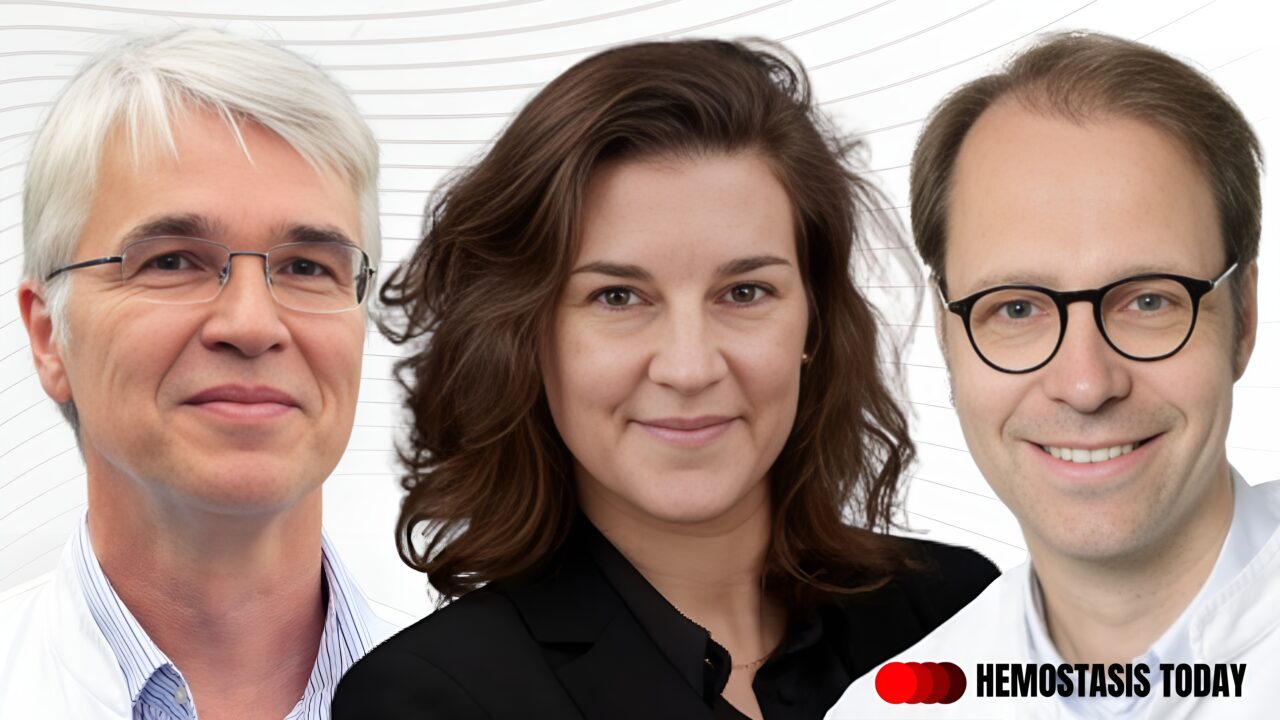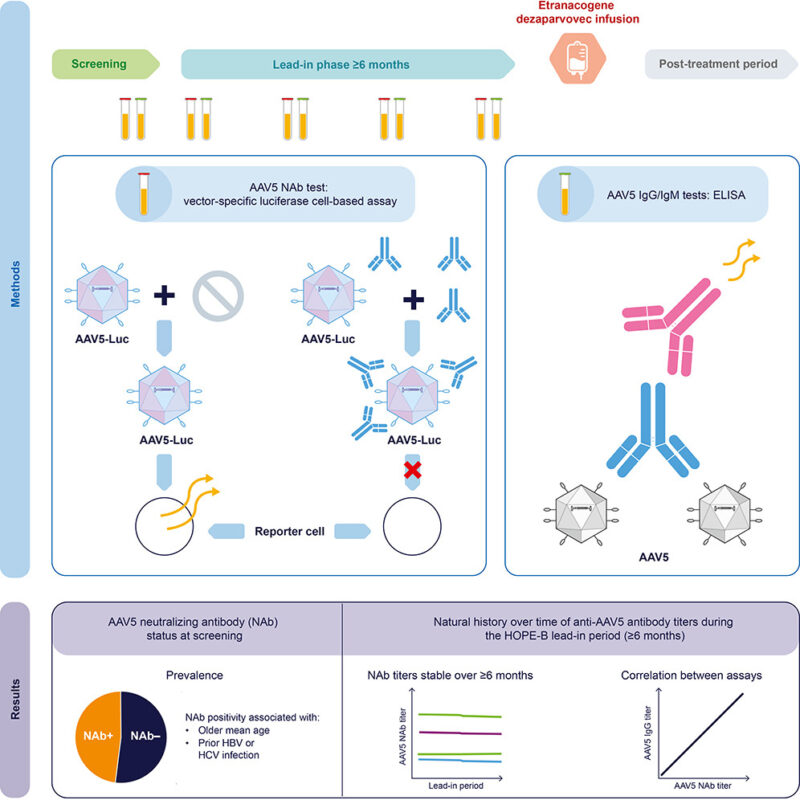
Wolfgang Miesbach on AAV5 Antibodies in Hemophilia B Gene Therapy
Wolfgang Miesbach, Professor of Medicine at Frankfurt University Hospital, shared a post on LinkedIn:
“New study on AAV5 antibodies in haemophilia B gene therapy. We just published in Molecular Therapy – Methods and Clinical Development on how AAV5 antibodies behave over time in adults with haemophilia B.
This analysis is based on the HOPE-B phase 3 trial with 67 patients in the US and Europe.
Importantly, for etranocogene dezaparvovec, AAV5 NAb positivity is not a strict contraindication. But very high titers may reduce transduction efficiency. That’s why NAb screening is an essential part of assessing eligibility for commercial gene therapy.
Key findings:
- 48% of patients had neutralizing antibodies (NAbs) at screening (median titer 58; range 9–3440)
- Levels remained stable over 8 months ( median variation 25%; range 2–154%)
- Strong correlation between NAbs and IgG (r=0.96)
- Fewer than 5% switched from negative to positive
- ~10% seroreverted from positive to negative
- NAb positivity was more frequent in patients ≥50 years (p=0.0065)
Why this matters?
NAb test results were consistent over months. Screening can be done up to 8 months before gene therapy infusion, giving more flexibility for clinical planning.
Thanks to Robert Klamroth and Sandra Le Quellec for leading this work, and to CSL for supporting the study.”
Read the full article here.
Article: Natural history of preexisting AAV5 antibodies in adults with hemophilia B during the lead-in of the etranacogene dezaparvovec phase 3 study
Authors: Robert Klamroth, Michael Recht, Nigel S. Key, Wolfgang Miesbach, Steven W. Pipe, Radoslaw Kaczmarek, Douglass Drelich, Blanca Salazar, Sandra Le Quellec, Paul E. Monahan, Nicholas Galante, Paul van der Valk, Jacqueline Tarrant

Stay updated on all scientific advances in the field of Hemophilia with Hemostasis Today.
-
Nov 27, 2025, 16:00Nathan Connell on WFH AI Summaries from the Global Forum
-
Nov 27, 2025, 15:49Piotr Czempik: Rethinking Coagulation in Acute Liver Dysfunction
-
Nov 27, 2025, 15:35Overwhelmed? A Leader’s Guide from Mark Crowther to Getting Back on Track
-
Nov 27, 2025, 15:10Wolfgang Miesbach’s Top 10 Picks for TTP and Thrombosis from ASH 2025
-
Nov 27, 2025, 14:24ICCBBA’s Executive Director Eoin McGrath Chairs a Dynamic Session on AI, Innovation and Informatics in Transfusion Medicine
-
Nov 27, 2025, 13:26Wolfgang Miesbach’s Top 10 Picks for Bleeding Disorders from ASH 2025
-
Nov 27, 2025, 11:19Priya Prasad Presents a Case of Severe Hypotensive Transfusion Reaction
-
Nov 27, 2025, 04:07Eugene Tang Presents Highlights from UK Stroke Forum 2025
-
Nov 27, 2025, 03:47Michael Makris: I Believe the Time Has Come to Consider Emicizumab Up Front in Persons with Acquired Hemophilia
